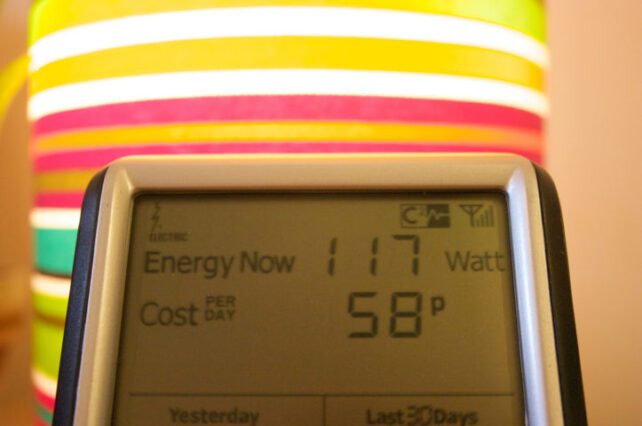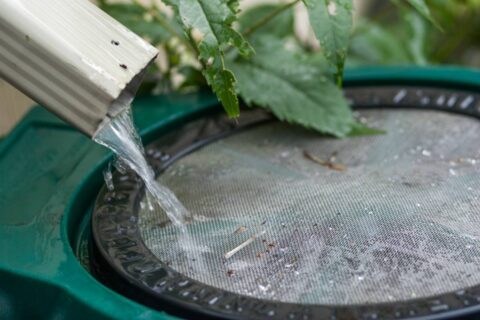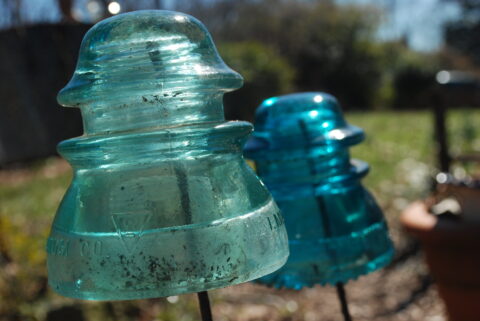Going green is often portrayed as requiring sacrifice and it’s even considered in many cases that it requires monetary sacrifice. But going green, in essence, is about using resources more wisely and efficiently.
Doing so, either through your habits and actions or through the technology and appliances you use, often actually means financial savings.
Here’s a list of 5 ways to green your home and save money from doing so (starting with the smaller actions and moving towards the bigger ones in another post next week)…
How To Save Money Greening Your Home
- Use energy-efficient light bulbs. From LEDs to CFLs, using “more expensive” energy-efficient light bulbs pays off in the end and puts money in your pocket.
- Turn down the temperature on your water heater. This is a simple thing that can go a long way. Most of us have the water heater temperature set much higher than needed.When do you actually need scolding water? Like most people’s, your water heater was probably automatically set much higher than needed. Go change it and save some cash. You can probably reduce the heat 10-20 degrees and have sufficient hot water. Reducing it only 10 degrees will save you about $59/year and will cut CO2 emissions about 3-5%, reducing your CO2 emissions by about 733 lbs a year.
- Dress according to the weather. No, I’m not talking about outside, I’m talking about inside. If it’s freezing outside, literally, don’t jack up your heat so high that you can walk around as if you were on the beach in the Bahamas. And, alternatively, if it’s summer and hot outside, don’t make your home too cold (a ton of people and buildings in my home state of Florida make it so cold inside that after an hour or two, you need to go outside to warm up).In addition to saving a ton of money and the environment, keeping your heating and cooling a little more in-line with the outside temperature is healthier.
- Get a programmable thermostat (& use it). This is one that’s probably not on most people’s radar. If you can get yourself (and your entire family) into the habit of turning the thermostat up or down to save energy anytime no one will be at home for awhile, great! Another option that is more practical (i.e. easier) for most families (and, so, may be more effective) is getting a programmable thermostat. The average single-family home would save $180/year on their electric bills with one of these little guys. Of course, it would cut your CO2 emissions significantly as well.
- Go low-flow. Low-flow shower heads, low-flow aerators/faucets, and low-flow toiletshave come a long way since they were first introduced. They don’t reduce your quality of life and will provide a nice return on investment with the money you save on your water and electric bills. A low-flow shower head saves approximately 55 gallons of water for every 10-minute shower. That adds up. To be specific, switching an 8-gallon/minute shower head to a 2.5-gallon/minute one would save you about $280/year on your electric bill and $40 on your water bill.
Easy, simple solutions that green your life and keep green paper in your wallet.









